Fabian Oefner
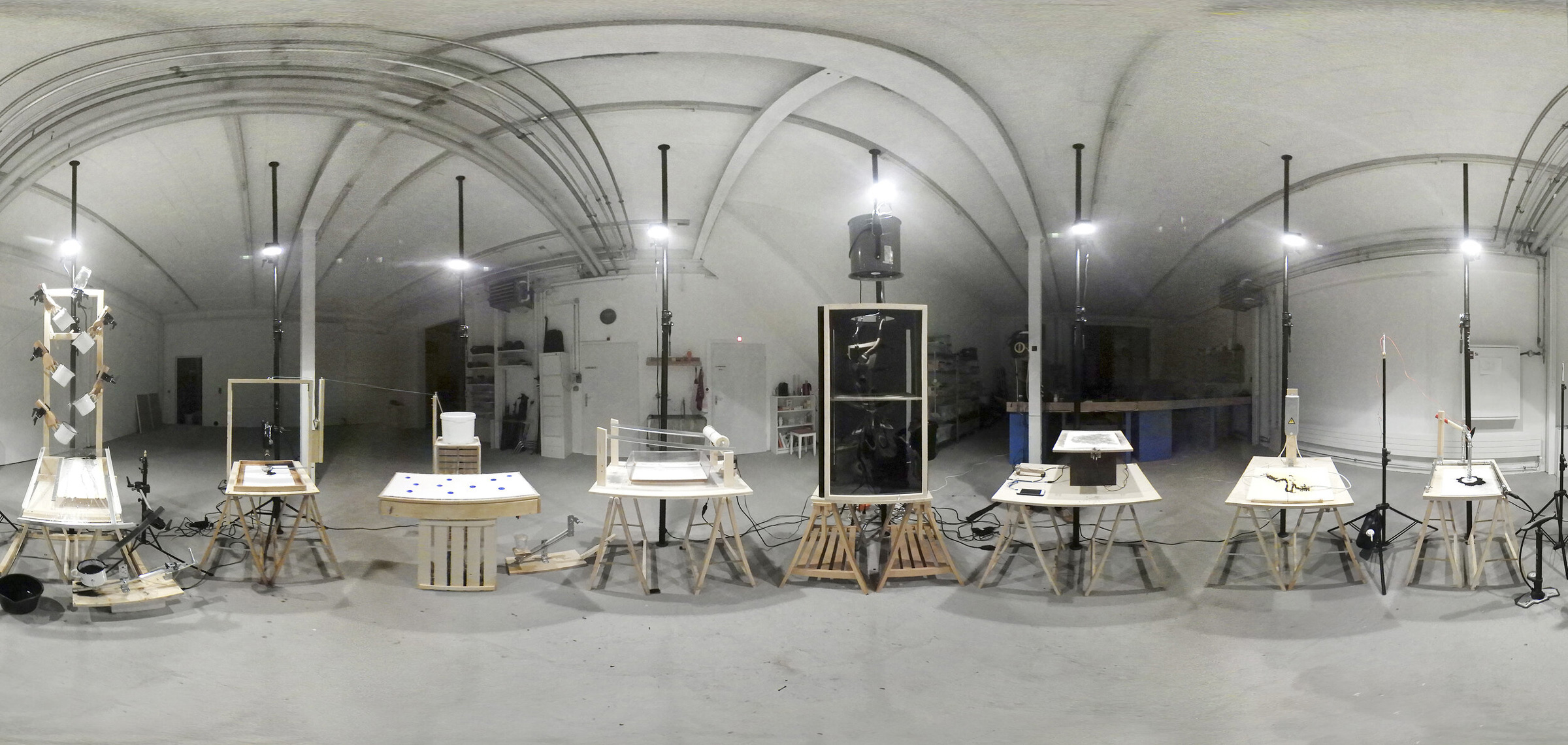
“discoveries in science and technology have always been a catalyst for the arts”
Destruction and creation go hand in hand in Swiss artist’s Fabian Oefner’s work. Everyday objects are sliced up and then reconstructed in resin or placed between the pages of a book, allowing the viewer to see the secret inner workings of a Nike shoe, a voice recorder, a camera and so on. Sports cars appear to have been caught mid-explosion, with cogs, gears and screws floating in chaotic unison, but are instead the combined product of hours of individual photographs. Drones map out the changes to a glacier over the last hundred years in eerie long exposure photographs. Oefner’s work straddles the so-called divide between art and science highlighting the interconnectivity of the two subjects.
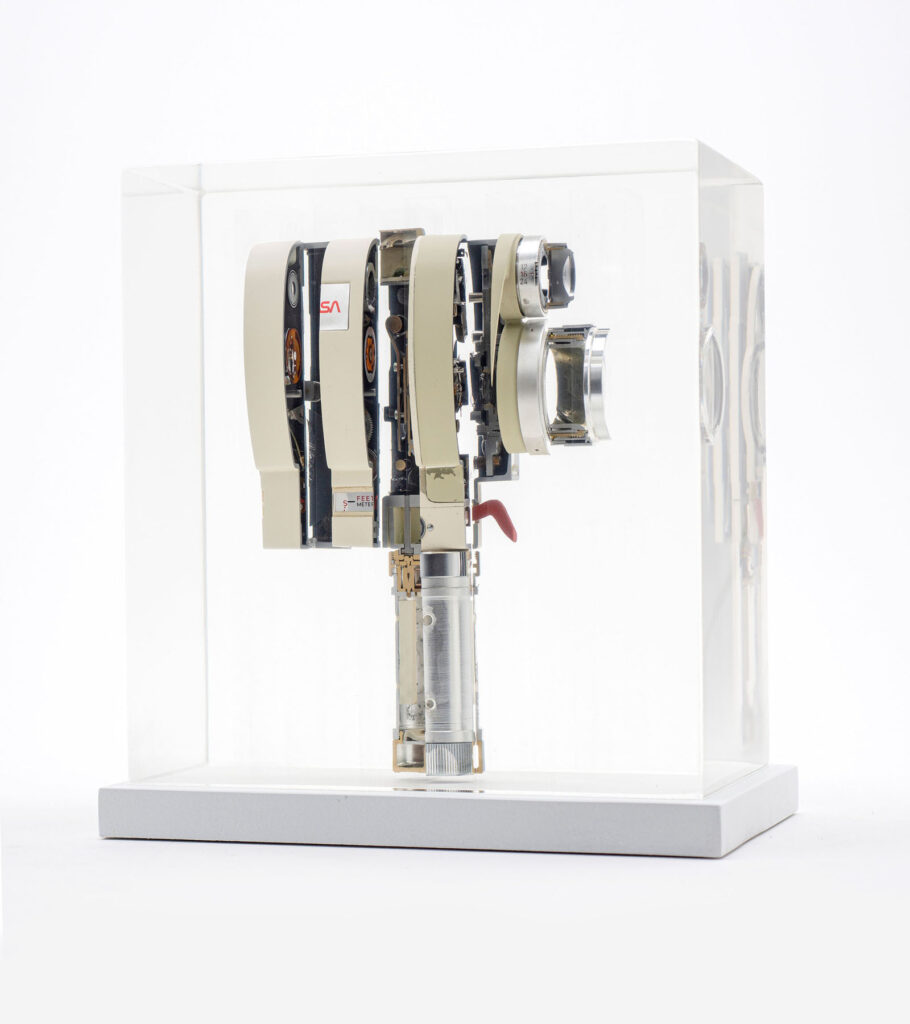
You are most well known for combining science and art in your work, but do you not think that all art requires an element of science and vice versa?
Absolutely. To be quite honest, I always found it strange to be identified by combining art and science. To me that’s the most natural thing. If you look at the history of art, the combination of art and science has always been there. Da Vinci and Michelangelo’s close studies on the anatomy of the human body allowed them to create their masterful paintings and sculptures, Vermeer’s use of a camera obscura resulted in these marvellous compositions of his, etc. The list goes on and on.
“I believe that discoveries in science and technology have always been a catalyst for the arts.”
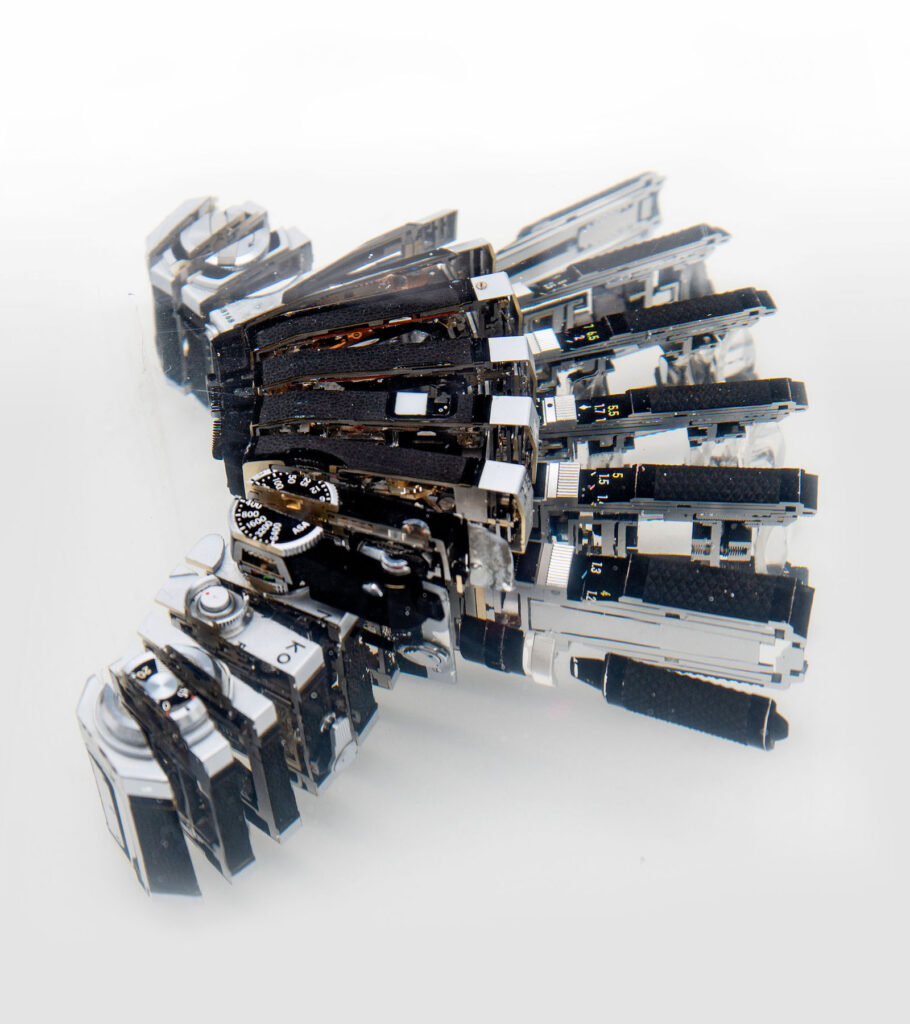
How did you decide on the objects you used in Heisenberg, you mentioned that they were all connected to memory but was there any other criteria you used to select them?
Memory definitely has been the most important deciding factor. But I also have to add that the series is not done yet, those are just the six initial objects. I would love to expand the series to about 12 sculptures. Objects that might be included are typewriters, a violin, the first Mac computer and a Moog synthesizer.
Much of your work requires hours and hours of time to complete. Do you consider the lengthy process part of the work, a kind of performance art as it were?
That’s an interesting thought…one of my favourite quotes about art is one by Yves Klein who said: “My works are only the ashes of my art” I can relate to that. To me, the art is hidden somewhere in the process. But
“I think to a certain degree that process is manifested in the final sculpture.”
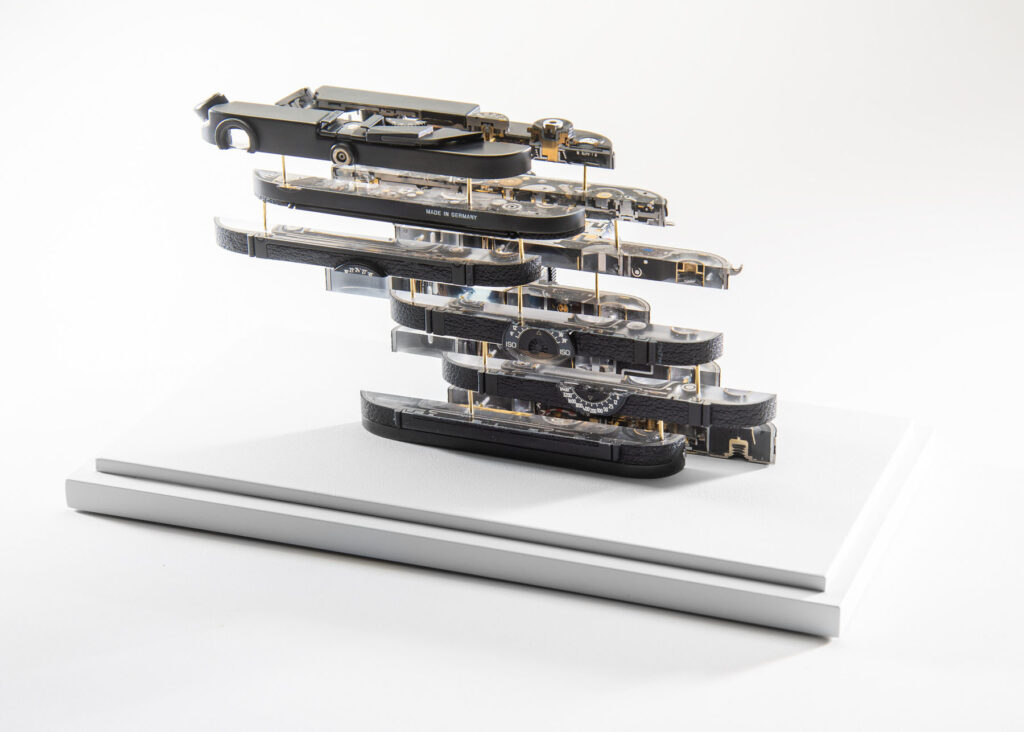
With your exploded car series you had the opportunity to work on a real life-sized car, have you ever considered working with something even bigger?
I have, yes. I would love to create a Disintegrating image of a Blackbird SR-71, the fastest plane ever created. Since this plane is more than 30 feet long and the few surviving examples are all in museums. So the challenges to create the image are tremendous. But I guess that’s one of the reasons I want to and eventually will create this image.
What’s the most challenging project you have worked on and why? How did you overcome those challenges?
“Timelines”, my work on the changing landscapes in the Alps has been very complex. The technology to create these images is still in very early stages, so you have to be very flexible in adapting to what’s possible and what is not. Also, the environment in which these images were created was a challenge, high up in the mountains, during the night, with wind gusts at 100 km/h and snowfall. At this point, you sometimes question yourself why not choosing something simpler to do.
But in the end, those projects are always the most rewarding, the ones, where it’s just one obstacle after the next. But
“if you persevere and keep that vision of yours in front of you, then eventually you will succeed.”
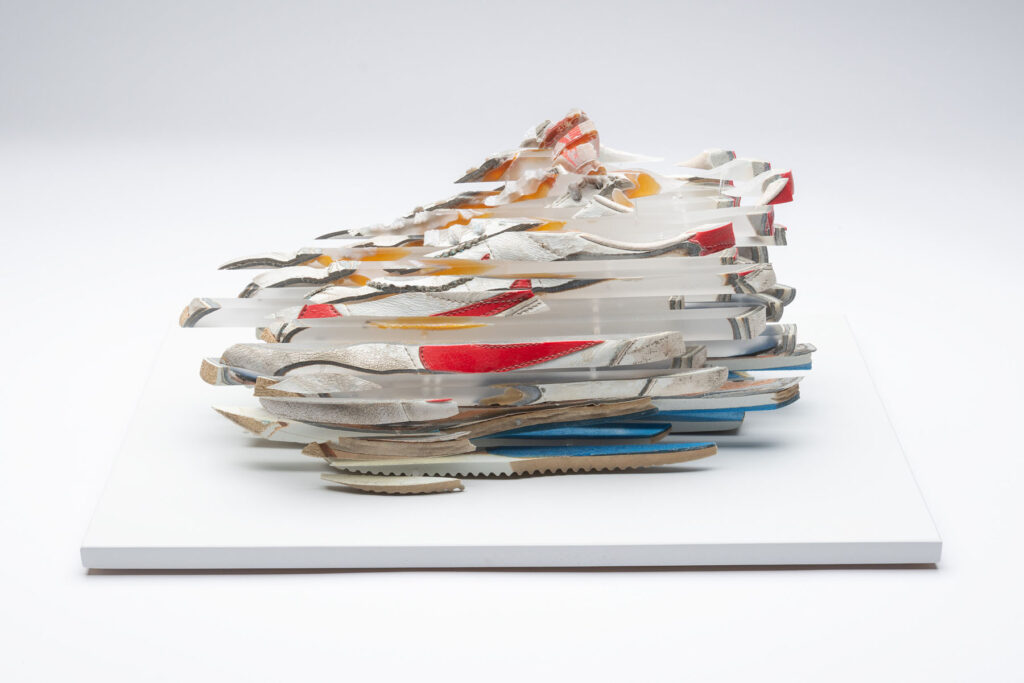
What advice would you give to young creatives who have an interest in both art and science?
To believe in their work. That it means something to the world, that you are creating it. And to not look left or right, worrying about whether their work is Instagramable or not. Sooner or later, you will find the right people, that will appreciate what you do.
You consider your practice as a form of modern archaeology and you mentioned finding a note in one of the cameras you deconstructed. Have you ever found anything else like this?
I cannot think of something tangible right now like the note, but I often wonder about what the story of all those objects is, for example, the cockpit voice recorder. How many parts of the world has it flown over, what conversations between pilots it has recorded. It would be fascinating to know the answer to these questions.
Much of your work involves deconstructing and examining man-made objects, have you ever considered doing the same with forms found in nature?
No, this is something I haven’t considered for my work. I use a different iconography than objects from nature to convey my ideas.
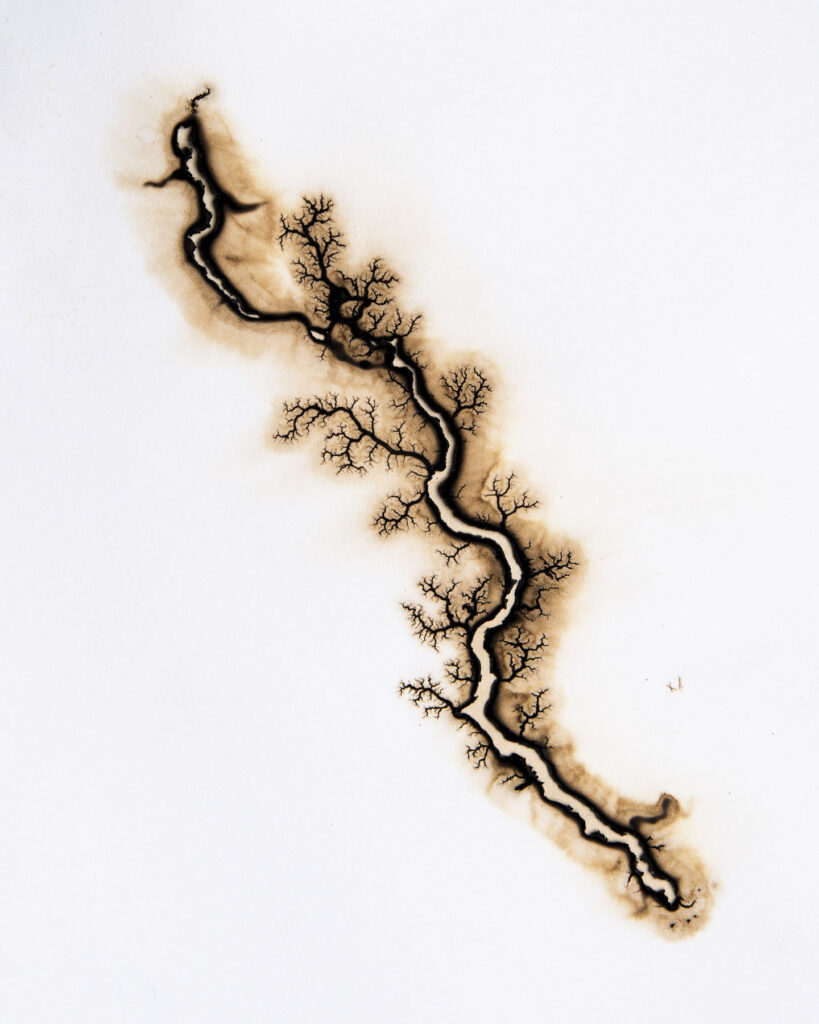
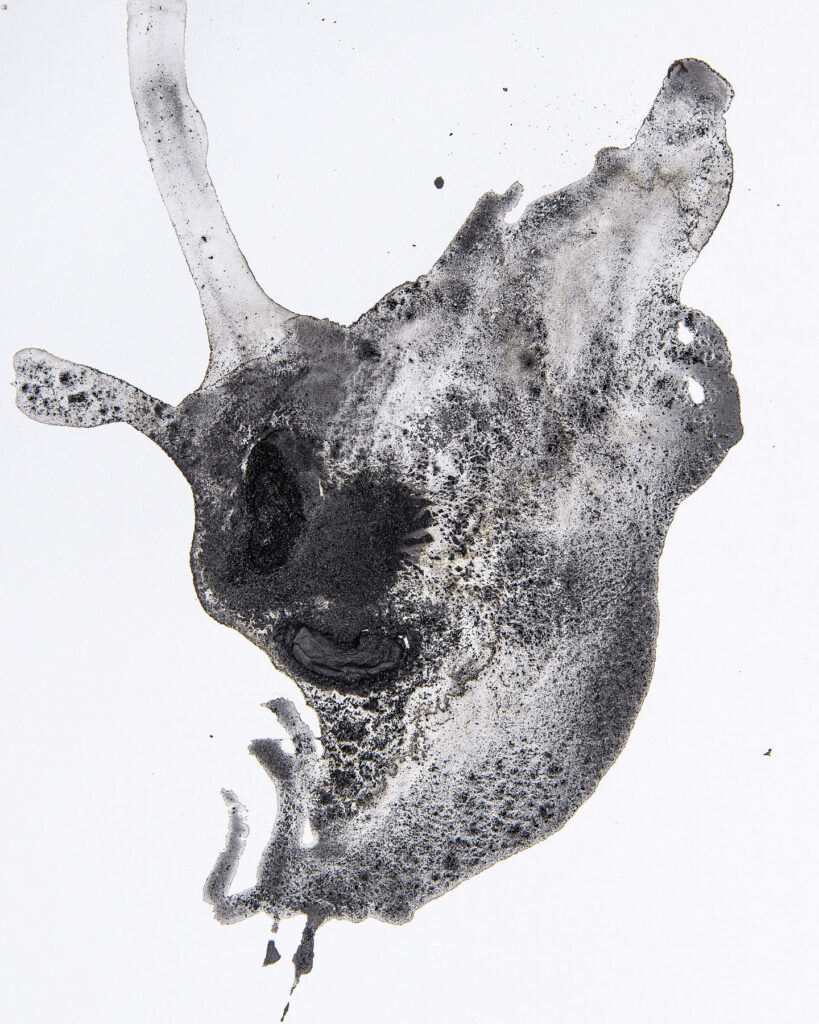
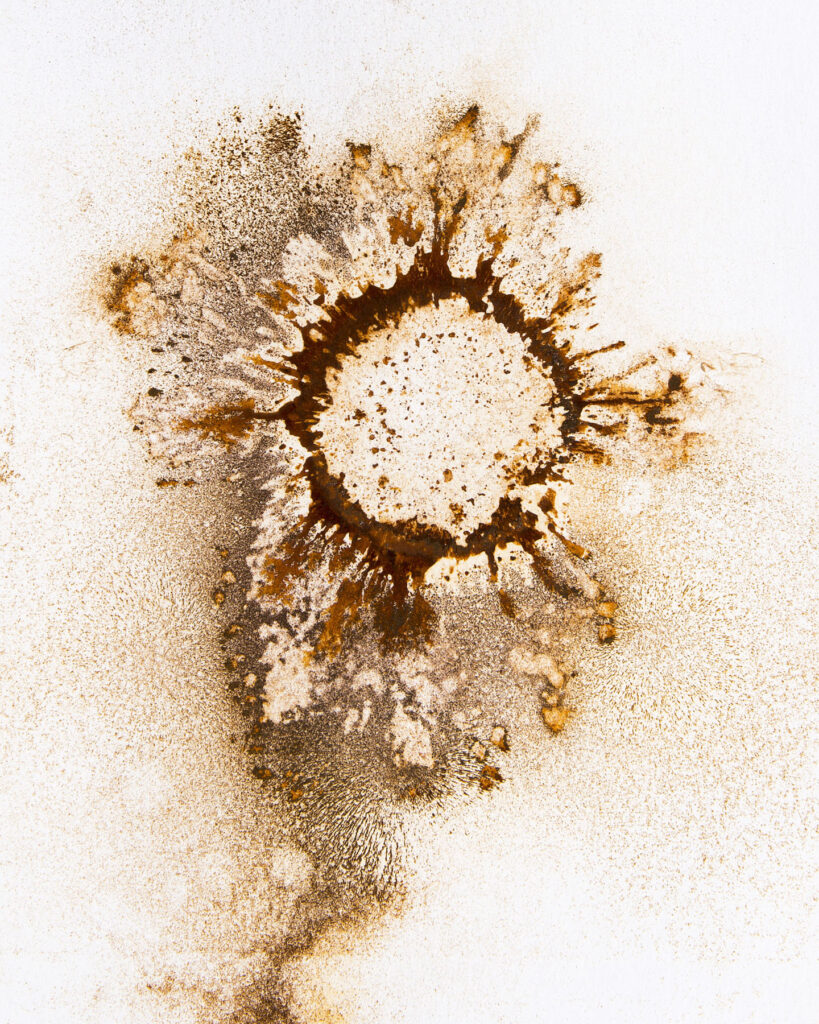
What was the artwork that you felt the most connection to and excited you the most? Why that one in particular?
It’s the series of sculptures I am working on now, which are called “Momentum”. The objects will be published later this year. 6 sculptures that depict a moment in time in three dimensions. I loved them so much because they are taking everything I learned so far to the next level. I cannot wait to share them with you.
Credits
Images · STUDIO OEFNER
https://fabianoefner.com/